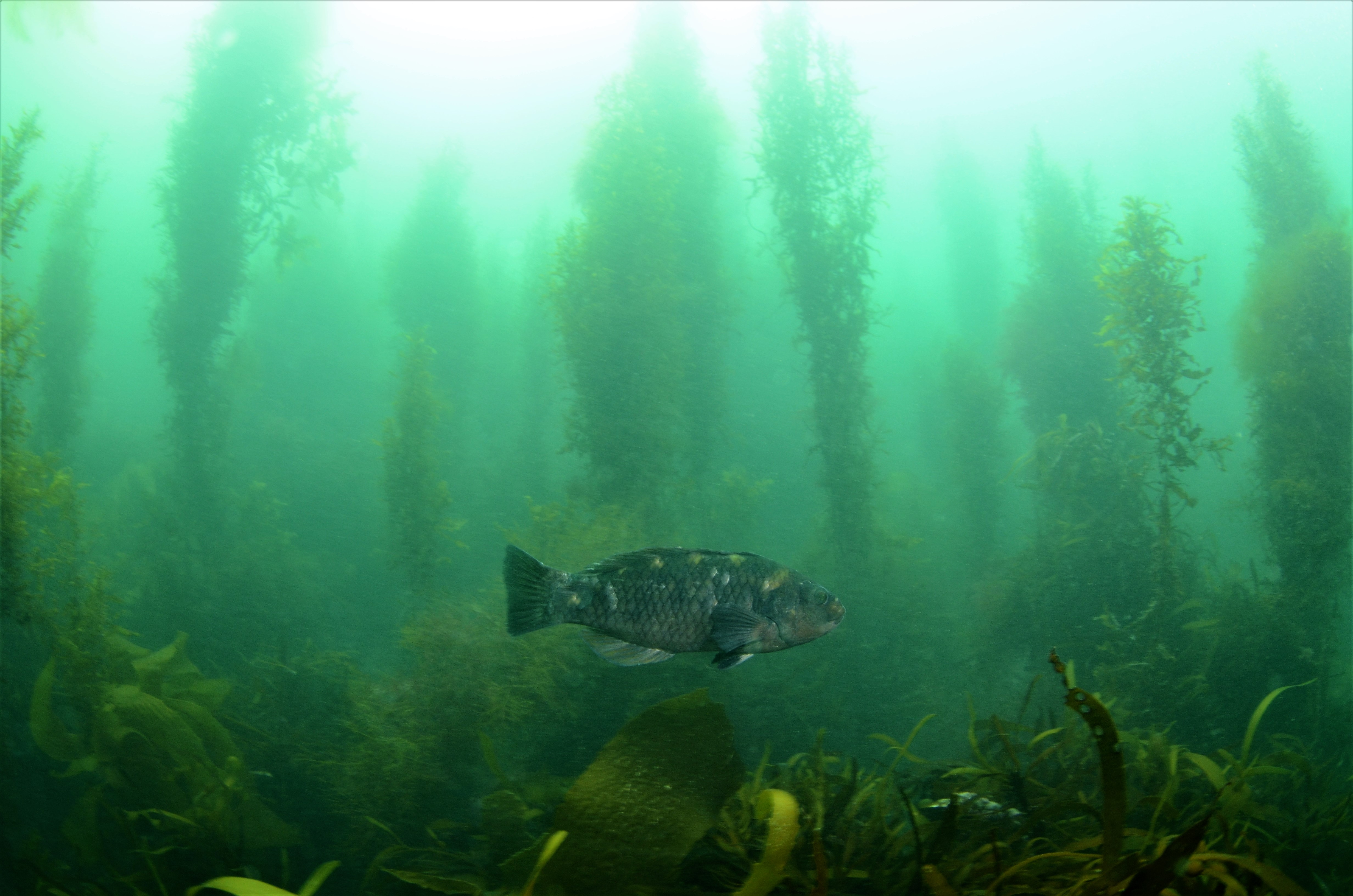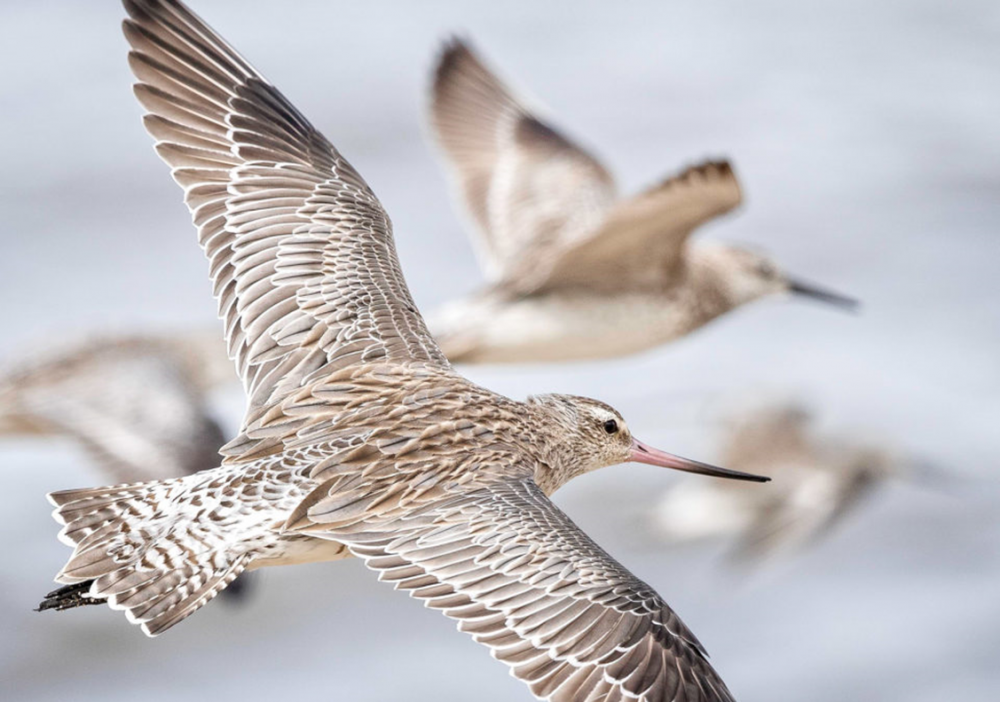 Giant kelp forests once dominated Tasmania’s east coast, but nearly all has been lost.
Giant kelp forests once dominated Tasmania’s east coast, but nearly all has been lost.
Lead researcher at IMAS Cayne Layton said the loss was “staggering”.
“If we’d lost 95 percent of our forest on land, there’d be public outrage, there’d be riots in the street,” he said. “Unfortunately it’s under the water… and it’s somewhat out of sight, out of mind.”
Scientists at the Institute of Marine and Antarctic Studies (IMAS) is building 28 artificial reefs off Maria Island on Tasmania’s east coast.
It found adult kelp engineer their environment to reduce water flow, sedimentation and light penetration, which creates favourable conditions for juvenile kelp. Dr Layton said when the forests became “patchy” or “less dense” due to environmental pressure, they were less able to modify their environment. “What that means is that juvenile kelp don’t do as well because the adult kelp really help to change that environment for the juveniles,” he said.
Dr Layton said the findings would help with a new project using the remainder of Tasmania’s giant kelp to repopulate the species. “That remaining 5 per cent seems quite healthy. They’re not bleached and they’re not suffering too much,” he said. “We’re hoping that they represent genotypes or populations that have just been naturally selected to be more tolerant of warmer waters.”
Dr Layton said Tasmania’s giant kelp could be recovered, but the solution was only “buying time”. “We really need to get a handle on carbon emissions and ocean warming to have some long-term effects in the ecosystems,” he said.
